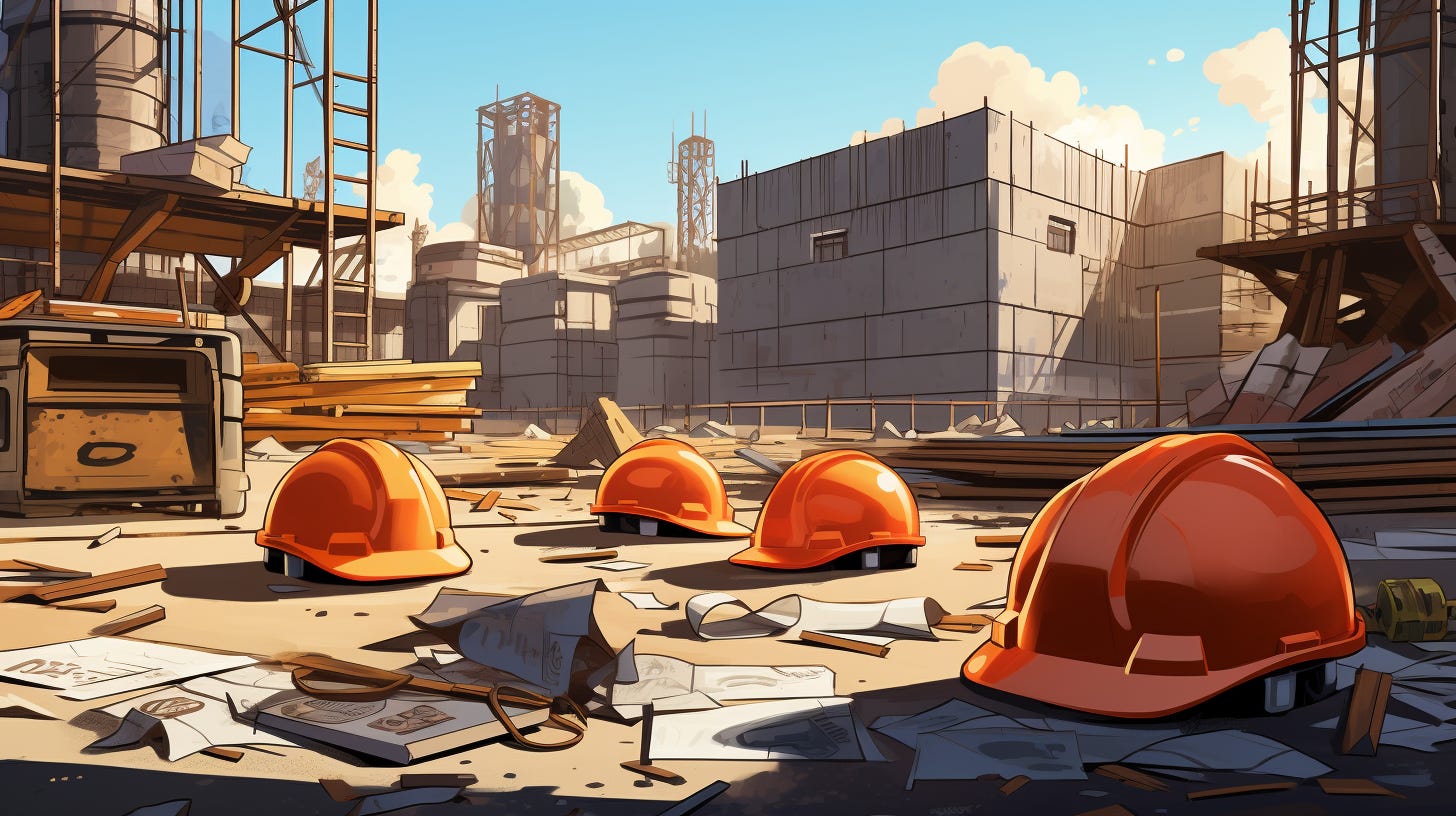Solving the Construction Worker Shortage
The US has a shortage of more than half a million construction workers, and the problem is only getting worse. Who is trying to fix it?
While interest rates have attracted much of the blame for rising development costs, the real estate industry faces another major challenge: a massive and growing shortage of skilled workers. Earlier this year, Associated Builders and Contractors estimated that the country would need an additional 546,000 construction workers in 2023 on top of the normal pace of hiring to meet demand. And this doesn’t include related shortages of labor in maintenance and repair roles driving operating costs up and leading some owners to defer maintenance.
The problem is likely to get even worse over the next decade, with almost a quarter of US construction workers over the age of 55. Certain specialties such as ironworking and steamfitting are in even more dire straits, with a majority of workers approaching retirement age.
The growing shortage can be addressed from either the supply side (creating more workers) or the demand side (reducing the demand for workers). We’ll address each in this letter, specifically:
Demand-side solutions: New construction methodologies, workflow and management solutions, and other tech-driven approaches;
Supply-side solutions: Apprenticeship programs, vocational education, policy solutions, and other marketing-oriented proposals;
Read on for more.
Demand-Side Solutions
While it’s easy to see the appeal of supply-side proposals—creating more workers—some of the most interesting solutions address the demand side by decreasing the number of specialized and skilled workers we need to do given construction and maintenance tasks.
New Construction Methodologies





